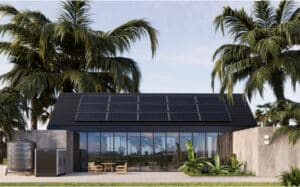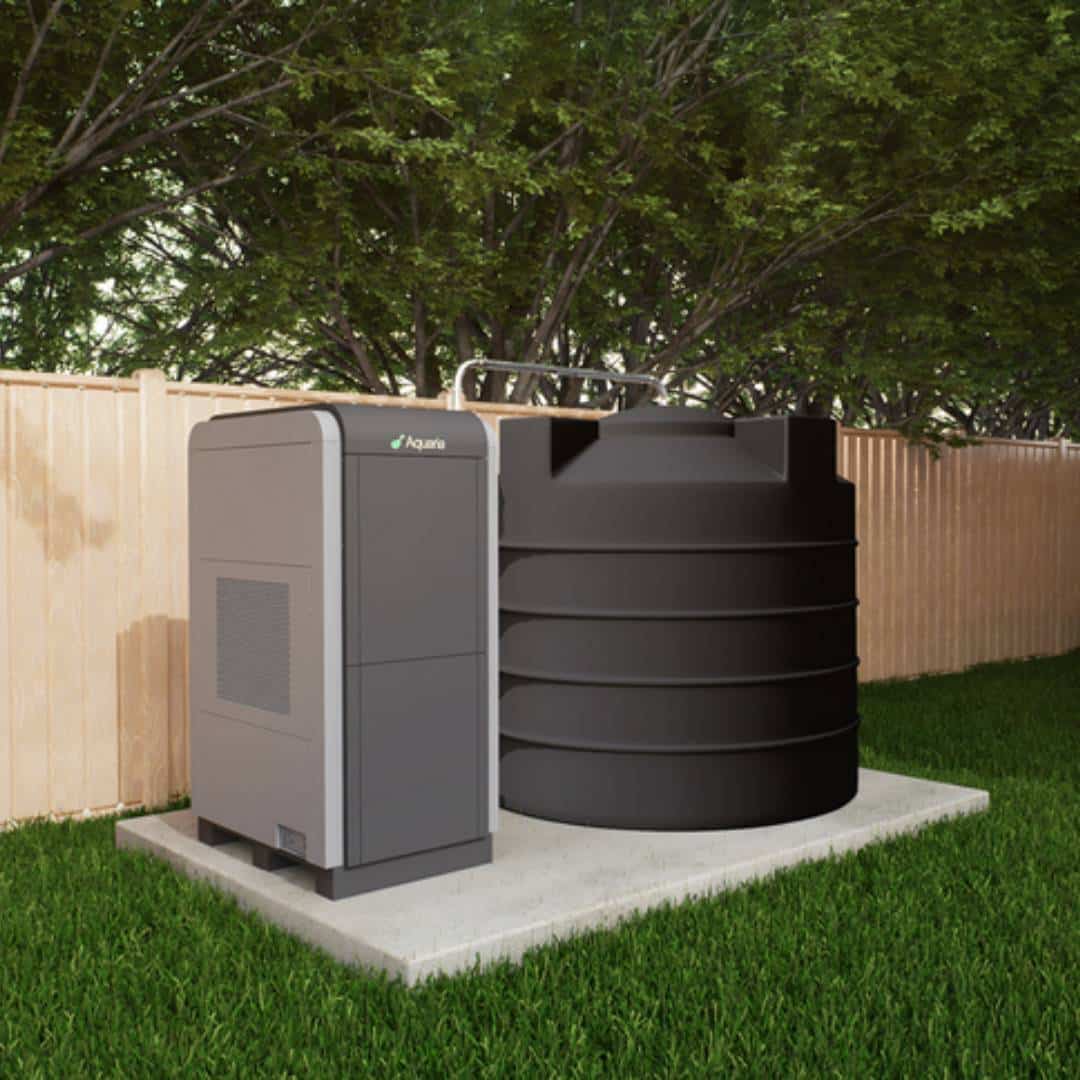Best Water Source Options for Sustainable Home Development

For over the past decade, many parts of the United States have been running lower and lower on water. This problem is getting worse, and an increasing number of local governments are telling people to use less water.
Even big cities like San Diego and Phoenix are struggling. They’ve had to put strict rules in place about how much water people and businesses can use. This shows that our usual water sources are running out faster than they can be refilled. It’s a wake-up call for everyone – from families in their homes to big companies building new projects.
For community and home developers, this reality poses a significant challenge: how can one ensure a reliable and sustainable water supply in the face of such constraints? To continue growing and meeting the demands of new developments, finding a viable water source is more critical than ever. Let’s explore the main water source options available to developers today—municipal systems, wells, and atmospheric water generators—and evaluate their pros and cons in the context of the current environmental and regulatory landscape.
Pros and Cons of Municipal Water Supply
For those developing homes or communities near major cities, the municipal water supply has long been the go-to option. It is the most established and, generally, the least expensive source of water when it comes to scaling up for large developments.
Benefits of municipal water
Municipal water systems are designed to provide water to vast numbers of people, making them a reliable and cost-effective choice, especially in urban and suburban areas. The infrastructure is already in place, and the water is typically treated and monitored to ensure safety and compliance with health regulations. For developers, tapping into this system means access to a large-scale water source without the need for significant upfront investment in infrastructure.
Challenges with municipal water
Relying on municipal water systems presents significant challenges in 2024. Aging infrastructure in many urban areas is leading to frequent outages and raising contamination concerns. Additionally, efforts to expand municipal water infrastructure are often stymied by lengthy timelines, high costs, and governmental red tape.
In fast-growing regions, such as parts of the U.S. Southwest, limited water supplies can halt community development entirely, as there simply isn’t enough water to support new infrastructure. Climate change only compounds these issues, intensifying water scarcity and prompting even stricter usage restrictions.
For developers, these constraints mean projects dependent on municipal water are at risk of delays or even cancellation due to unreliable water access. Given these challenges, it is increasingly vital to consider alternative or supplementary water sources.
Pros and Cons of Wells
Wells offer developers the opportunity to access water independently of municipal systems, which can be particularly advantageous in more remote locations where municipal water is not readily available.

Benefits of wells
The primary advantage of wells is the autonomy they offer. With a well, developers are not subject to the same set of restrictions that might apply to municipal water supplies. This can be a significant benefit in areas where water scarcity or usage limits are a concern. Additionally, wells can provide a steady supply of water, assuming that the source is reliable and the well is properly maintained.
According to a 2023 report from the U.S. Geological Survey, about 15% of Americans rely on private wells for their drinking water. In rural areas and even many suburban neighborhoods, this percentage is much higher, with some states seeing over 40% of their rural population dependent on well water.
Challenges with wells
The use of wells comes with substantial risks and challenges. Drilling a well is a high-risk, high-reward proposition; there’s no guarantee of finding water, and even when water is found, its quality and quantity can vary significantly. In water-scarce regions like Hawaii, the rising costs of obtaining permits further make wells a less attractive option.
In areas where municipal restrictions apply, drilling a private well can be prohibitively expensive or even impossible, as local water bodies and aquifers may already be overdrawn. Moreover, wells are not easily scalable; each well is unique, and the feasibility of expansion depends heavily on local geological conditions.
In addition to these challenges, wells are increasingly susceptible to contamination, particularly from agricultural runoff and other pollutants. As water levels drop due to overuse and drought, the risk of contamination increases, making wells a less reliable option for long-term water security. A U.S. Geological Survey study of 2,100 private wells revealed that approximately one in five wells contained one or more contaminants at levels exceeding health benchmarks for safe drinking water.
Atmospheric Water Generators Are the Future of Water Supply
AWGs are a relatively new technology that provides a versatile and potentially game-changing solution for water sourcing.
Atmospheric Water Generation such as those made by Aquaria, offer a revolutionary approach. These systems extract water directly from the atmosphere, making them viable in virtually any location, regardless of proximity to existing water sources. Our technology can be scaled to meet the needs of any development, whether you’re building a small community or a large housing project.

Here’s what makes atmospheric water generator the future of water for development:
- Resilient: Unaffected by drought and climate change.
- Scalable: Easily adaptable to meet growing demand.
- Secure: Free from contamination and infrastructure failures.
- Sustainable: Harnesses a renewable resource.
- Easy to integrate: Designed for seamless installation in home plans, making it a straightforward addition during development.
- Environmentally friendly: Reduces the need for plastic bottles and water transportation.
Aquaria’s atmospheric water generation technology offers a transformative solution, empowering developers to create thriving communities in areas once deemed infeasible due to water scarcity. By providing a reliable, on-site water source, this technology enables you, developers to:
- Expand the development scope –even when water availability would otherwise limit growth.
- Proceed with development plans –that might otherwise be denied due to insufficient water supply.
- Access more affordable land that lacks existing water infrastructure or access. This innovative approach not only overcomes water limitations but also unlocks new opportunities for sustainable and flexible development.
While the initial investment for deploying atmospheric water generators may be higher compared to other water sources above, it’s important to view this as a strategic long-term investment. The technology, although relatively new, is advancing rapidly, and as it becomes more widespread, we can expect costs to decrease.
We are currently partnering with developers to construct a groundbreaking community of 1,000 homes in Hawaii that will rely entirely on Aquaria’s atmospheric water generation technology for their water supply. This innovative project showcases the viability of sustainable water solutions for large-scale residential developments, paving the way for a more resilient and water-secure future. You too, can future-proof your residential/home development projects and secure a reliable water source.

Atmospheric Water Generators For the Future of Sustainable Development
In 2024, water restrictions are a growing concern. Relying solely on traditional water sources, like municipal systems or wells, may not meet the needs of modern homes and communities. Municipal water is the cheapest per liter but is vulnerable and less secure long-term.
Wells provide autonomy but have significant risks and limitations. Atmospheric water generators offer a versatile and sustainable alternative. They provide a reliable water supply regardless of location or environmental conditions. For developers, investing in this technology ensures long-term project success and sustainability.
If you want to explore how atmospheric water generators can benefit your development, request a quote. Discover how this innovative technology can meet your water needs in 2024 and beyond.
Don’t leave your project’s success to chance. Choose a water source that thrives in a changing world.
Interested to explore Aquaria’s atmospheric water generators for your residential projects? Request your quote today!

